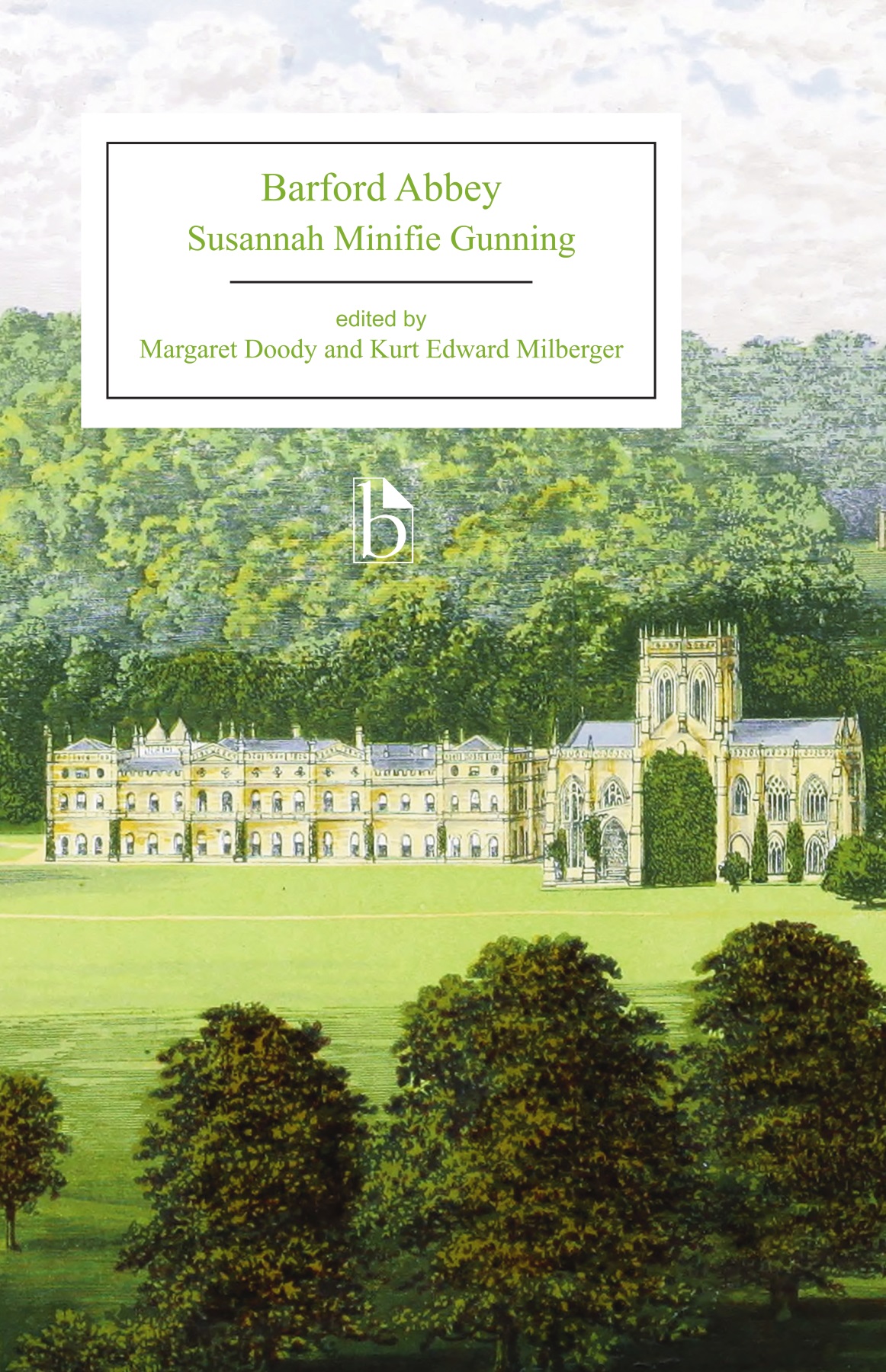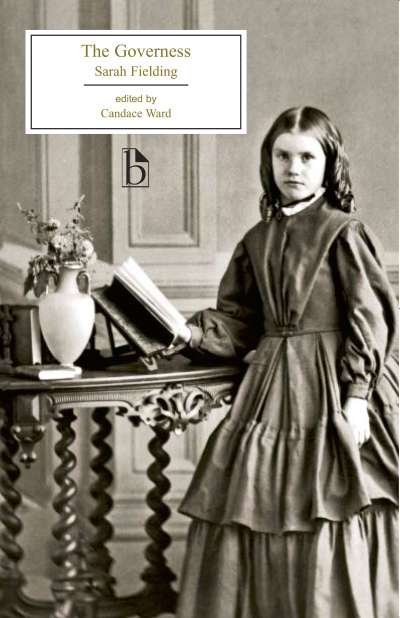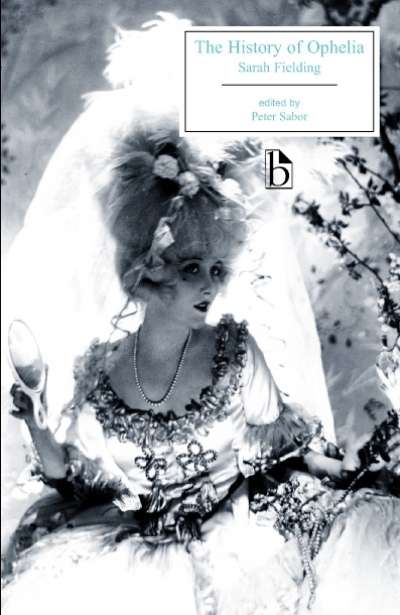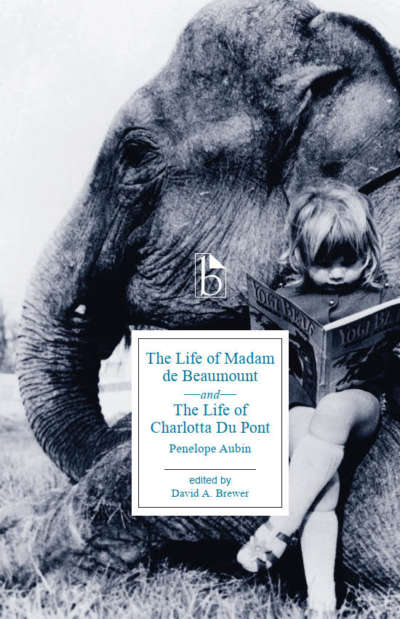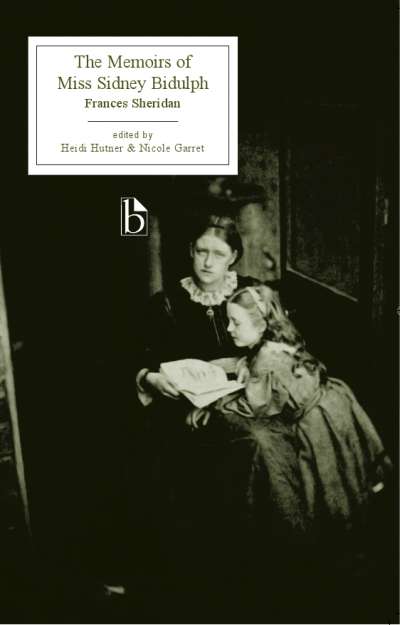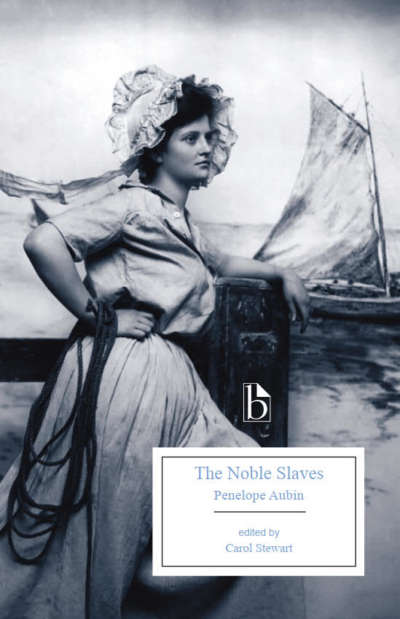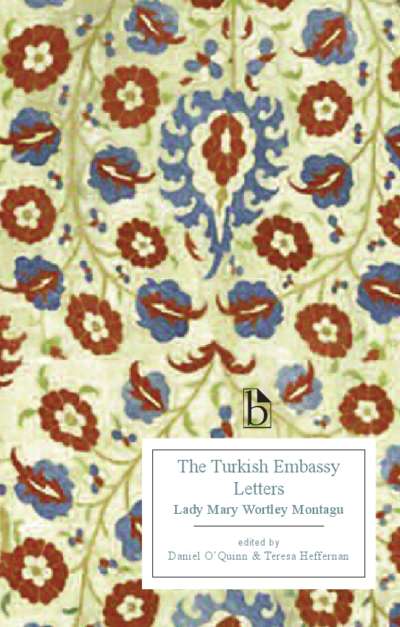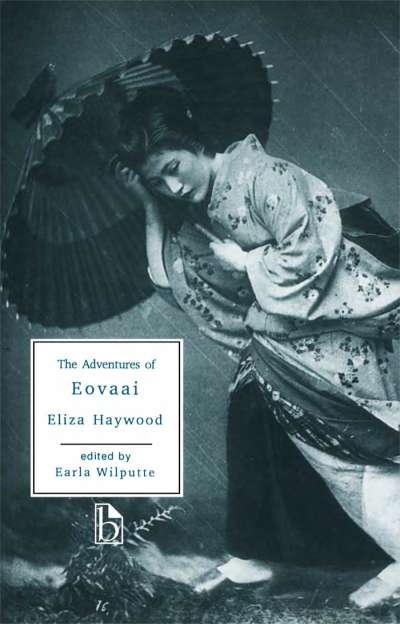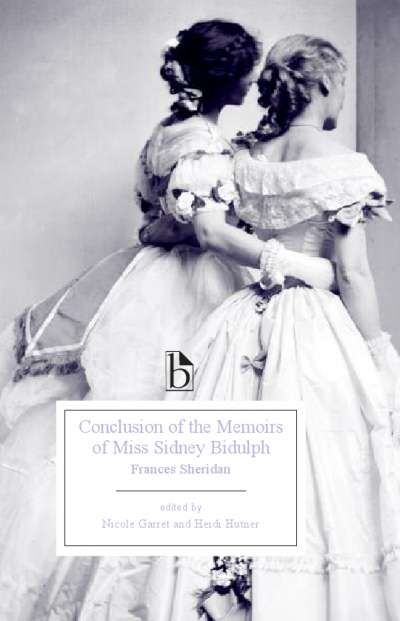The great-grandmother of Downton Abbey, Barford Abbey is among the first of a new genre of “abbey fictions.” Using the abbey as both a site and a question mark, Susannah Minifie Gunning weaves a story of new and broken relationships, of change and fear of change, and of heredity and inheritance. The abbey becomes not simply a symbol tied to the gothic but also a setting for social dramas that prefigures the realist novels of the nineteenth century. In two compact volumes, the novel achieves innovations in narrative manner and style. Barford Abbey may seem to offer the consolations of melodrama and the comforts of marriage, but the balance of the novel reminds us that parts of life can sometimes be left out and that life’s losses cannot genuinely be recovered.
This new Broadview Edition is the only critical edition available of this important novel. Historical appendices include material on epistolary novels, abbey fictions, and the reception of Barford Abbey.
Comments
“Susannah Minifie Gunning’s Barford Abbey is delightful reading, both for its fast-paced epistolary immediacy and for the light it sheds on the more famous novels that it prefigures. Inaugurating what the editors call ‘abbey fiction,’ Barford affords a deeper understanding of the English novel in the transitional years between Fielding, Richardson, and Sterne, on the one hand, and Burney, Smith, and Austen, on the other. Margaret Doody and Kurt Milberger introduce us to a prolific but little-known woman writer with a fascinating and ultimately scandalous history, whose later novels contributed to the popular series published by the Minerva Press. The return of Barford Abbey to print in this richly annotated edition is a welcome occasion for students and scholars alike.” — Susan S. Lanser, Brandeis University
“In this excellent edition, Doody and Milberger recover an important early contribution to a tradition of literary commentary on England’s religious past. Ruined abbeys or those transformed into the houses of the wealthy appear quite frequently in poetry and novels in the late eighteenth and early nineteenth centuries, most famously in the works of Jane Austen, William Wordsworth, and Lord Byron. Long before these writers, however, Susannah Minifie Gunning recognized the usefulness of an abbey setting for raising complicated questions about the social, economic, and political character of English culture. With a detailed introduction and a rich collection of contextual materials, including excerpts from sixteenth-century documents, eighteenth-century historical works, and contemporary literature, this edition is an invaluable resource for students and scholars as well as anyone interested in Jane Austen’s literary forebears.” — Roger E. Moore, Vanderbilt University
“I thought I knew Barford Abbey (1768) until I revisited it in this scholarly yet teachable edition. I have learned much from the editors’ work, and my students will too. It deserves a place in a variety of courses on the novel. … I learned much from this new edition, and it made me want to reread the novel and share it with my students.” — April Alliston, Princeton University, in Eighteenth Century Fiction

